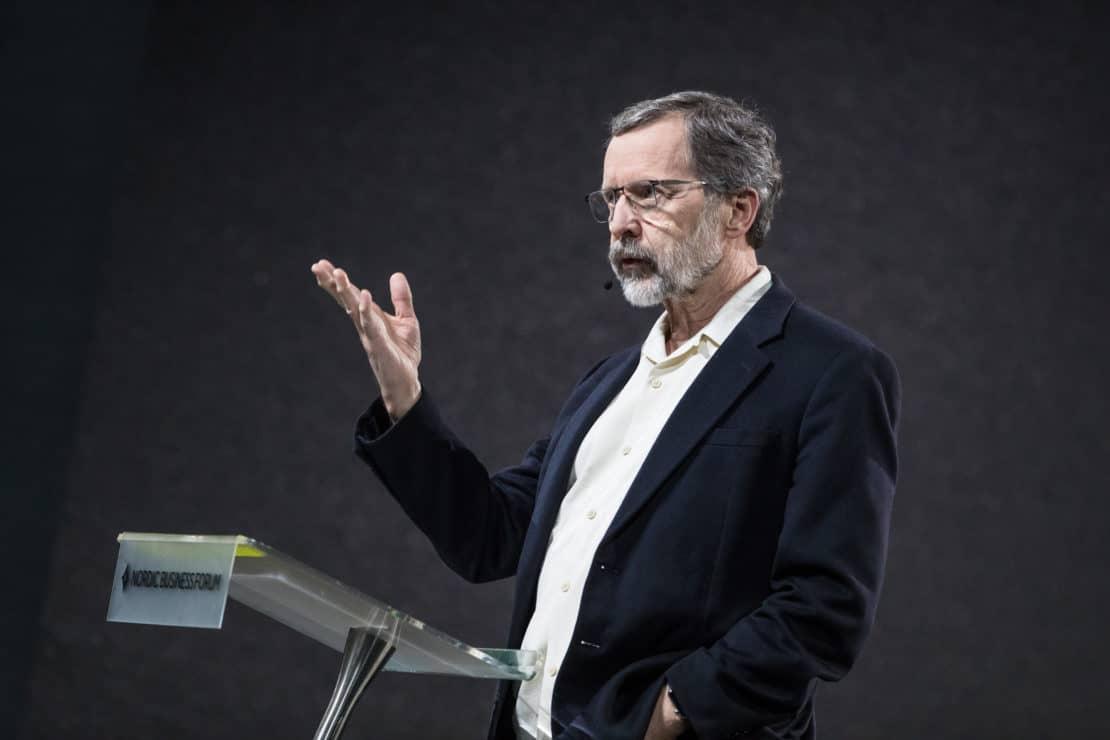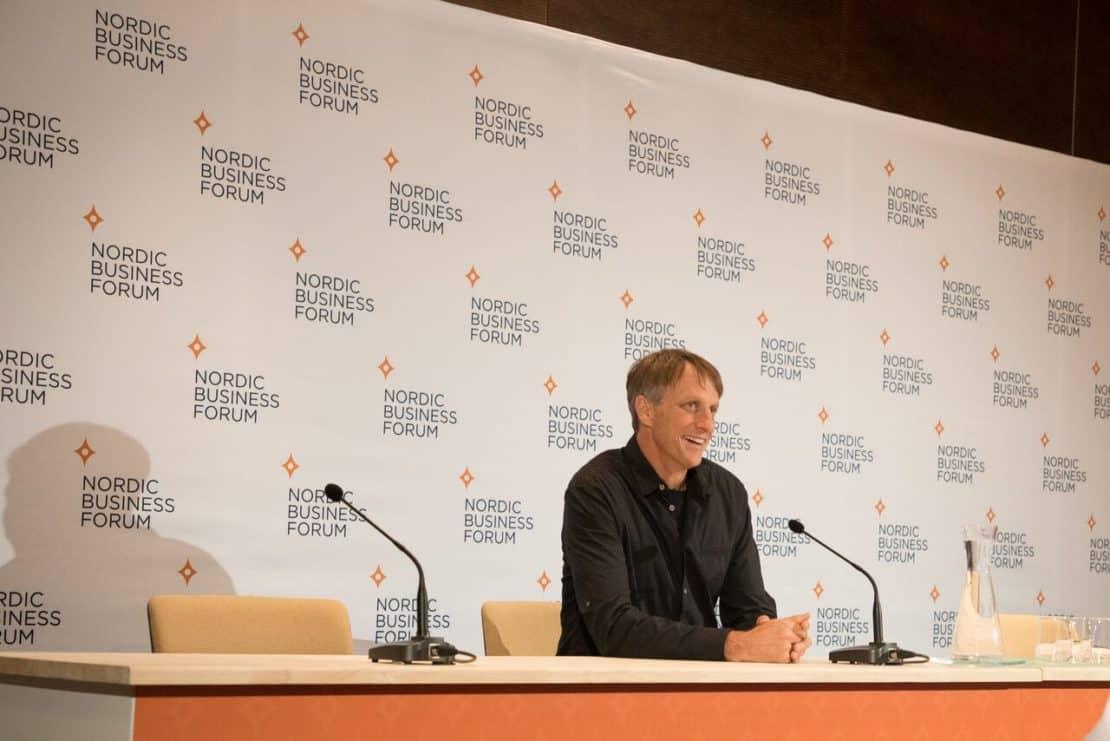7Oct2016
Steve Jobs founded 2 significant companies in his lifetime. One was Apple, the other was Pixar studios. Ed Catmull, Co-Founder of Pixar and President of Walt Disney and Pixar Animation Studios, shares his experiences working with a creative genius.
Some people say walk a mile in someone else’s shoes. In co-founding both the world’s most influential tech company and one of the all-time great movie studios, Steve Jobs did just that.
“Pixar and Apple were very different companies, very different cultures. At Apple, everything was very secretive, but in Pixar, everything was very public. These two halves were a broadening event for him,” said Pixar Co-founder Ed Catmull during the final interview of the day on Friday.
“To begin with, Steve had a certain style, as has been publically documented. He went through dramatic change by the end of his life. What people didn’t see was his private journey through the wilderness. Pixar was a part of that journey.”
In the archetypal sense, Steve’s years at Pixar, coinciding with marriage, children and other life events, were a transformative experience.
“The hero’s journey is going out and experience things that alter your perceptions of life,” continued Catmull. “Pixar was full of clowns and jokers, and he seemed to be much more relaxed when he was around us. He started even integrating humour into his speeches.”
But how did Jobs’ legendary incisiveness and attention to detail work in a creative environment such as Pixar’s? “Steve was super aware of the power he had over the room. From a very early point, we mutually agreed that he wouldn’t come to brain trust meetings.
“The fact he was so smart meant he figured out when things didn’t work at a very early stage. That was his empathy – which is actually counter intuitive to how other people usually empathise. Steve was a very self-aware person – he thought a lot about what and why he did things and was ok with his rough edges.”
And at board level? “Steve and I decided we disagree, not argue. I would present him with facts, he may reject my proposal, and this would play out sporadically over months until he either agreed with me, I agreed with him, or we reached an impasse and I got my own way anyway. He never questioned technical choices – he would give opinions (which inevitably ended up being brilliant), but he never forced people to follow his path.”
In a world where board room dynamics are critical, the blend was right. “I’m kind of a mellow person, so I balanced out Steve. I’m also kind of obsessed about solving problems – this is kind of our mutual obsession. Me, John (Lasseter) and Steve would get discouraged from time to time – but never all at once.” Leadership teams don’t get much better than this.
@johnathancozzi


